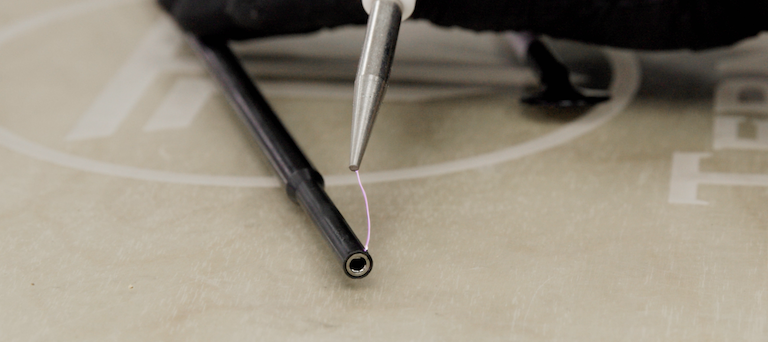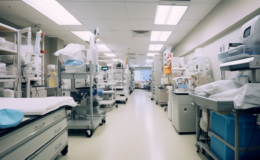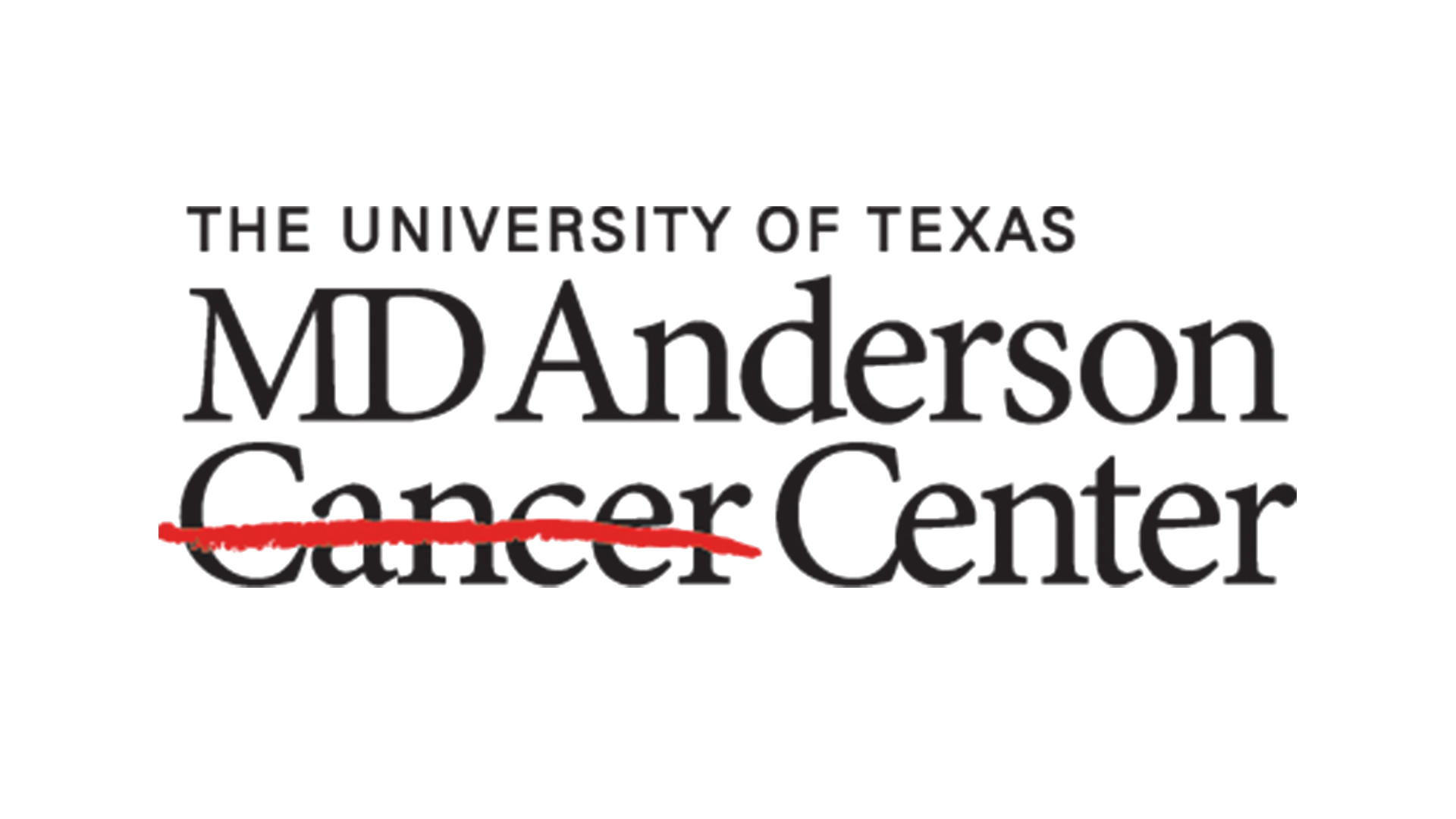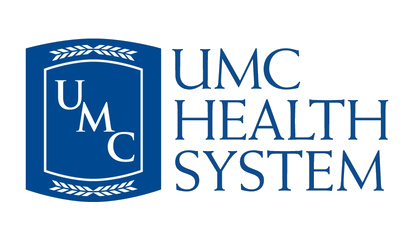One in Five Reusable Laparoscopic Instruments Has an Insulation Failure[i].
Ternio Newsroom Staff | March 2023
The exact number of laparoscopic procedures performed annually in the US (as well as globally) is difficult to determine*, as there is no central database that tracks all such procedures. According to Meritas Health, the number of laparoscopic surgeries performed in the US could be as high as 15 million[ii]. All experts agree however, that the number will continue to rise, for several good reasons: less scarring, reduced risk of infection, faster return to daily activities, and less pain and blood loss.
But undetected – and therefore unrepaired – insulation failures in laparoscopic instruments can have devastating consequences.
Imagine your surgeon flinching at an inopportune moment during a critical procedure due to an unexpected electrical shock. Imagine the insulation failure is in a place on the instrument where it causes an unintentional burn. Imagine that the surgeon is unaware of the burn until hours, days, or even weeks after the surgery.
The Data are Shocking
We don’t need to rely on imagination. The data tell the story:
- Healthcare Purchasing News estimates that 5.4% of the laparoscopic procedures done annually in the U.S. will result in unintentional tissue burns, or approximately 162,000 patients[iii].
- Of the stray electrosurgical burns that occur during surgery, 67% go unnoticed.
- Even with antibiotic therapy, about 33% of electrosurgical burn patients who develop peritonitis don’t survive.
- 25% of all patients who suffer internal injuries stemming from these burns during laparoscopic procedures die.
- Complications of these internal burns can result in a life-threatening infection
- The surgeon and/or clinical team do not or cannot visualize 90% of each laparoscopic instrument being used.
Common Practice; Uncommon Risk
Laparoscopy is one of the most common procedures resulting in patient injury and medical malpractice cases. It is therefore obvious why the FDA issued the following advisory back in 2018:
“Inspect all instruments for evidence of insulation failure (device, wires, and connections) prior to use. Do not use if any defects are found.”
A Higher Standard
In this environment, quality laparoscopic instrument repair and restoration from trained, experienced professionals is not a luxury. It is a necessity. And the standards and practices of laparoscopic instrument examination and restoration should be high.
Every instrument requires a meticulous visual examination — with and without magnification instruments — to detect both common and uncommon issues. Conductivity testing of both the shaft and the handle — including sophisticated Tesla coil conductivity testing — is needed to assure that each instrument meets the highest standards for proper insulation before it is returned for use. And that’s just the beginning…
Question Everything When It Comes to Restoration
The process requirements for restoration are important. But they are arguably exceeded in importance by the expertise, experience, and skill of the technicians actually doing the work.
Ask yourself:
- Does that instrument require fluid bed dipping or electrostatic spraying for the best, most reliable insulation?
- What is the quality of the actual powder coating product being used? How is it sourced?
- Does the shaft require the same type and thickness of insulation as the handle?
- Where are the likely points of contact with other instruments, that may require a thicker insulation coating than the rest of the instrument?
- Is the insulation restoration sufficient only to pass the test today, for this procedure, or will it provide sufficient protection for both clinical staff and patient(s) over multiple uses?
- Does your on-site reprocessing staff have the time, resources, or necessary tools to do the job correctly and reliably, every time?
- Does your current vendor, regardless of its size, have the expertise, equipment, experience, and high standards to determine which powder coating process will provide the best result for each instrument.
A reputable restoration lab will have technicians who know, for example, that:
- The thickness of powder coating is limited when using a spray application process.
- All powder coatings are not created equally, and that the price per pound – and the quality – vary widely and can produce different results, and as a result….
- … some vendors may succumb to the temptation to cut corners.
Safety – And Peace-of-Mind – FIRST!
Your clinical staff and your patients deserve the peace of mind that comes from a thorough vetting of the process and the people caring for the restoration of the surgical instruments they use every day.
Ternio Surgical Restoration will inspect and evaluate your instruments at no cost or obligation. Simply send us your equipment or instruments for an absolutely free inspection. We’ll provide you with a complete report of our findings, so that you can make the best-informed decisions about the care and restoration of your instruments.
*The exact number of laparoscopic procedures performed annually in the USA and globally is difficult to determine, as there is no central database that tracks all such procedures. According to a report by the American College of Surgeons, laparoscopic surgery has become the standard of care for many procedures in the United States. In 2014, approximately 4 million laparoscopic surgeries were performed in the United States, with cholecystectomy (removal of the gallbladder) being the most common procedure. The number of laparoscopic procedures has likely increased since then, as the technique has become more widely adopted.
Globally, laparoscopic surgery is also increasingly popular, particularly in developed countries. A 2016 review article in the journal Annals of Laparoscopic and Endoscopic Surgery estimated that laparoscopic procedures accounted for approximately 25% of all surgeries performed globally. The authors noted that the most commonly performed laparoscopic procedures included cholecystectomy, appendectomy, and bariatric surgery.
It is important to note that these estimates are based on limited data and may not be entirely accurate, as laparoscopic procedures are performed by a wide variety of medical professionals in various settings.
[i] Source: https://www.hpnonline.com/sterile-processing/article/21110985/inspecting-electrical-instruments-for-insulation-failure
[ii] Meritas Health, North Kansas City Hospital https://www.nkch.org/find-a-service/surgery/minimally-invasive-procedures/laparoscopy#:~:text=Nearly%2015%20million%20laparoscopic%20procedures%20are%20performed%20in%20the%20United%20States%20annually.%20It
[iii] While there is research on the incidence of unintentional tissue burns resulting from laparoscopic surgery, there is no specific data available on the number of cases reported annually in the US. The reporting of adverse events related to laparoscopic surgery is not centralized in the US, and the exact number of cases is difficult to determine. The incidence of tissue burns also varies depending on the type of laparoscopic surgery being performed and the specific electrocautery device being used. It is important to note that even a small number of cases can have significant consequences for patients, highlighting the importance of minimizing the risk of tissue burns during laparoscopic surgery.



















